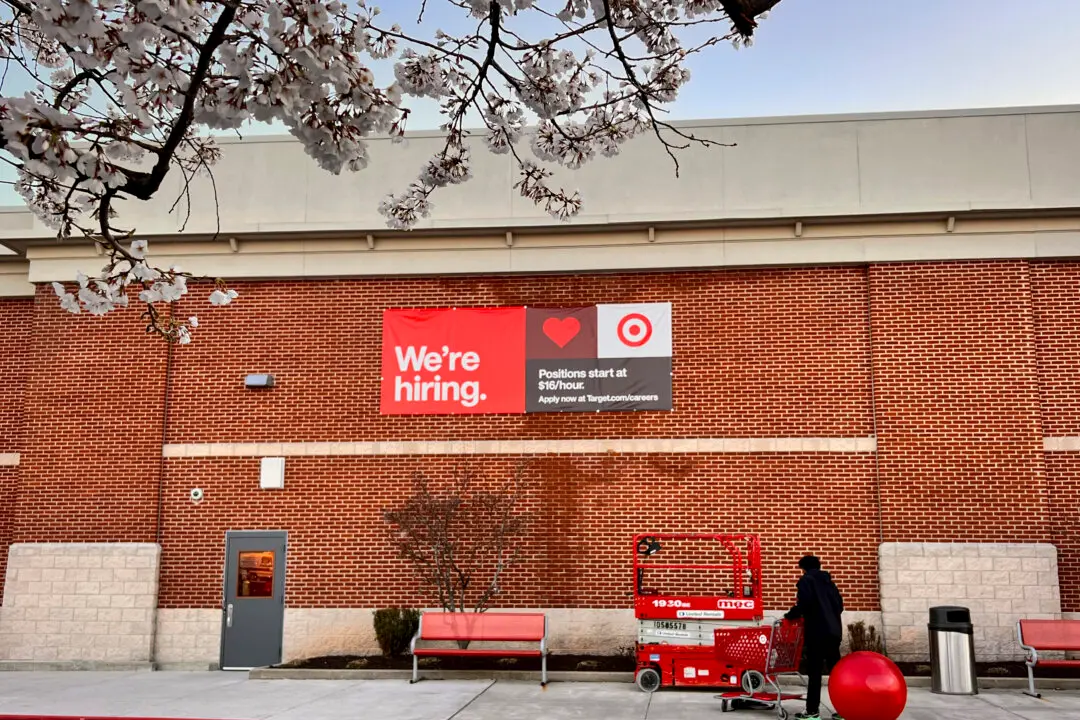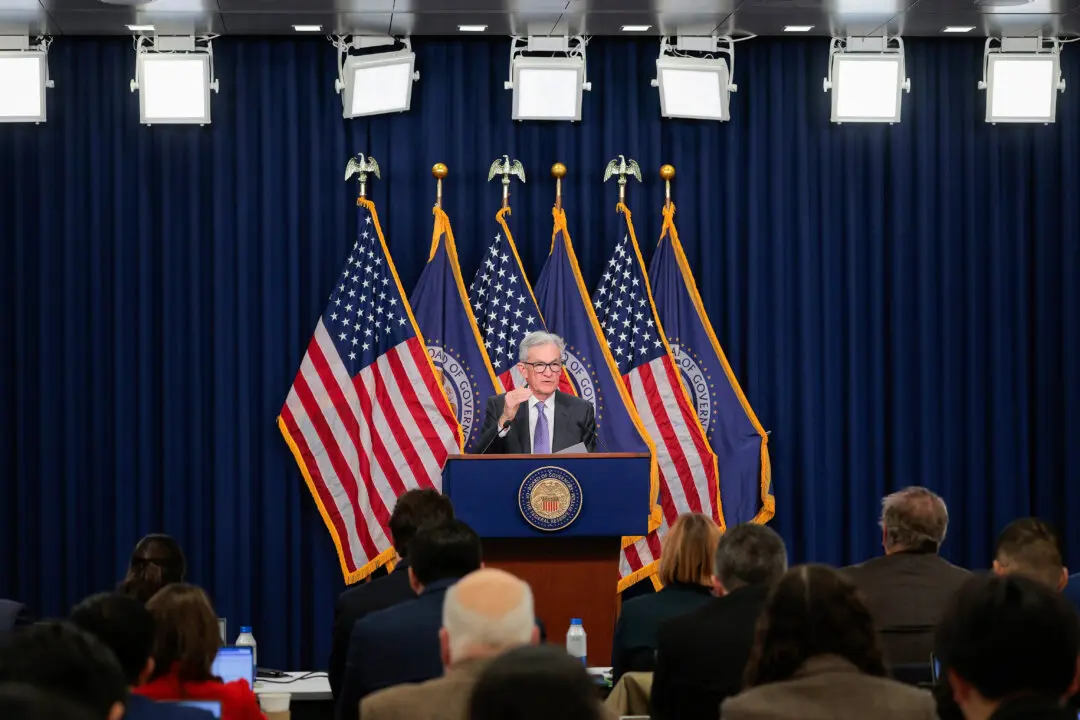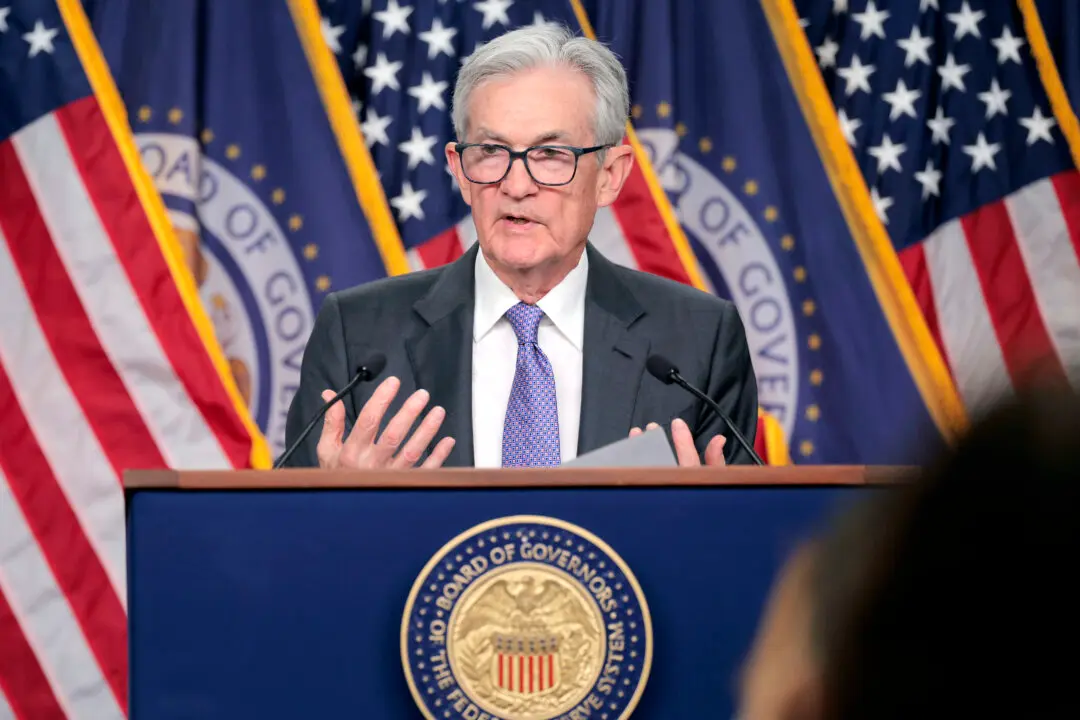It took only 48 hours for Silicon Valley Bank to become the nation’s second-largest bank failure.
The company’s problems started on March 8, when the financial institution informed investors that it needed to generate $2.25 billion to cover an unexpected decline in deposits and improve its balance sheet and overall financial position.





